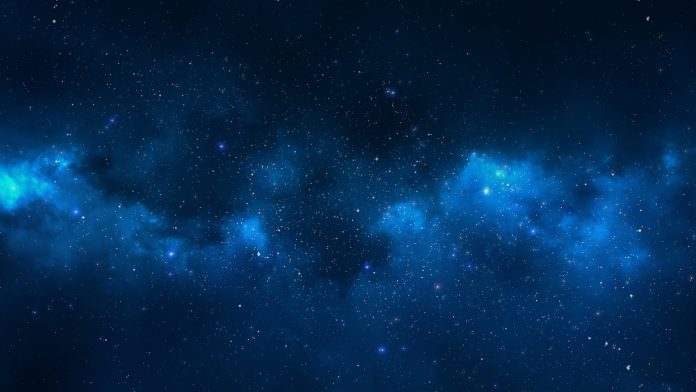The toEpochSecond() method of a ChronoZonedDateTime interface is used to convert this ChronoZonedDateTime to the number of seconds since the epoch of 1970-01-01T00:00:00Z. The method combines this ChronoZonedDateTime with the offset passed as parameters to calculate the epoch-second value, which is the number of elapsed seconds from 1970-01-01T00:00:00Z. Instants on the timeline after the epoch are positive, earlier are negative.
Syntax:
default long toEpochSecond()
Parameters: This method do not accepts any parameter.
Return value: This method returns long which is the number of seconds since the epoch of 1970-01-01T00:00:00Z, may be negative.
Below programs illustrate the toEpochSecond() method:
Program 1:
// Java program to demonstrate// ChronoZonedDateTime.toEpochSecond() method import java.time.*;import java.time.chrono.*;import java.time.chrono.*; public class GFG { public static void main(String[] args) { // create ChronoZonedDateTime object ChronoZonedDateTime time = ZonedDateTime .parse( "2018-12-06T19:21:12.123+05:30[Asia/Calcutta]"); // print ChronoZonedDateTime System.out.println("ChronoZonedDateTime: " + time); // print result System.out.println("Epoch Second: " + time.toEpochSecond()); }} |
ChronoZonedDateTime: 2018-12-06T19:21:12.123+05:30[Asia/Calcutta] Epoch Second: 1544104272
Program 2:
// Java program to demonstrate// ChronoZonedDateTime.toEpochSecond() method import java.time.*;import java.time.chrono.*;import java.time.chrono.*; public class GFG { public static void main(String[] args) { // create ChronoZonedDateTime object ChronoZonedDateTime time = ZonedDateTime.parse( "1918-10-25T23:12:38.543+02:00[Europe/Paris]"); // print ChronoZonedDateTime System.out.println("ChronoZonedDateTime: " + time); // print result System.out.println("Epoch Second: " + time.toEpochSecond()); }} |
ChronoZonedDateTime: 1918-10-25T23:12:38.543Z[Europe/Paris] Epoch Second: -1615250842
Reference: https://docs.oracle.com/javase/9/docs/api/java/time/chrono/ChronoZonedDateTime.html#toEpochSecond–




